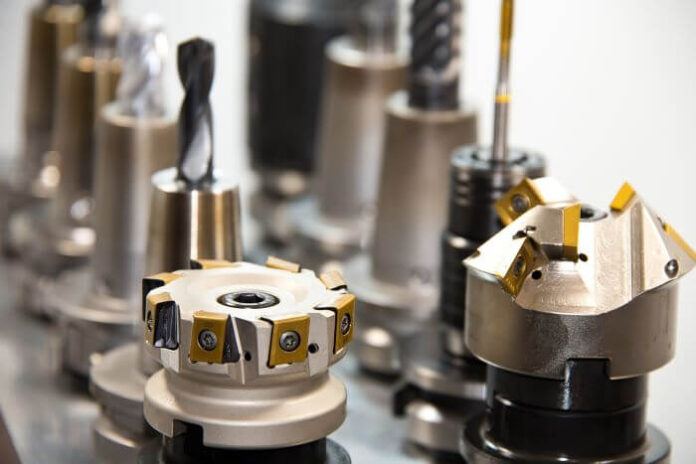If you’re designing a circuit for any application that involves movement, then the chances are good that it might benefit from an encoder or two. These little components are found in an astonishingly broad range of settings. Many of us use dozens or even hundreds of these components every day without realizing it.
If you are lost on which to use between magnetic and optical encoders, this post will help. Here, we will take a closer look at the encoders and help you see their more popular specialized forms. If this sounds like what you would love to know, then keep reading!
What Exactly Are Encoders?
Put simply, an encoder is a device that can turn physical motion into a digital signal. They’re used in control interfaces. If you’ve ever used a knob to dial in a setting, then the chances are fair that you’ve used a rotary encoder.
Encoders are also used to measure other kinds of motion. They’re used as sensing devices on CNC machinery, 3D printers, automobiles, and much more. For example, in an elevator, an encoder might be used to determine the position of the cabin and use that information to provide feedback to the passengers, and to position the cabin such that those passengers will be able to step off when they reach the desired floor.
Encoders achieve this via a range of different mechanisms. Among the more interesting are optical and magnetic encoders. So, let’s quickly compare this two types of encoders and see what sets them apart.
Magnetic and Optical
A magnetic encoder achieves its goal by measuring changes in the local electromagnetic field. An optical encoder, by contrast, measures changes in the light from a nearby LED.
In the former, a disc is magnetized using alternating poles. When the encoder detects that the field is pushing or pulling, it will use this information to determine which way the encoder has turned.
Optical encoders instead work by using a disc that’s packed with tiny windows, through which light can pass. Typically, there will be four possible configurations of two windows. So, if the internal photodetectors detect that the device is in position one, and then determine that it’s in position four, it will ‘know’ that the device has been turned in a specific direction.
Magnetic encoders tend to be very robust, and resistant to ingress from small particles of oil and dirt. These particles, by contrast, can easily interfere with the transmission of light through an optical encoder.
On the other hand, optical encoders are capable of much higher precision. A single rotation might contain millions of different potential positions. Therefore, optical encoders tend to be preferred in laboratory and medical equipment where high precision is a virtual requirement.
For obvious reasons, optical encoders tend to perform better than magnetic ones in situations where there’s a strong magnetic field nearby. They can also cope slightly better with extremes of temperature – though they aren’t quite as resilient as capacitive encoders!
What Are Some Real Word Use Cases of These Encoder?
Both optical and magnetic encoders have a wide range of real-world applications, particularly in industries that require precise motion control and positioning. Here are a few examples of their use cases:
1. Robotics
Optical encoders can be used in robotic systems to precisely control the movement of the robot’s joints and end effectors. For example, they can be used to control the position of a robot arm in a manufacturing assembly line.
2. CNC machines
Both optical and magnetic encoders are used in Computer Numerical Control (CNC) machines to control the position of the cutting tool. This is particularly important in applications such as milling or lathing, where precise positioning is critical to the quality of the final product.
3. Medical equipment
Again, optical encoders are often used in medical equipment, such as MRI machines, to precisely control the position of the machine’s components. This is important for achieving high-quality images and minimizing the risk of damage to the patient.
4. Aerospace and defence
Optical and magnetic encoders are used in a variety of aerospace and defence applications, such as controlling the position of satellites or guiding missiles. In these applications, the encoders must be able to operate reliably in extreme environments, such as high temperatures or radiation.
5. Consumer electronics
Optical encoders are commonly used in computer mice, where they track the movement of the mouse across a surface and convert that movement into cursor movement on the screen. Magnetic encoders are also used in some applications, such as volume knobs on audio equipment.







